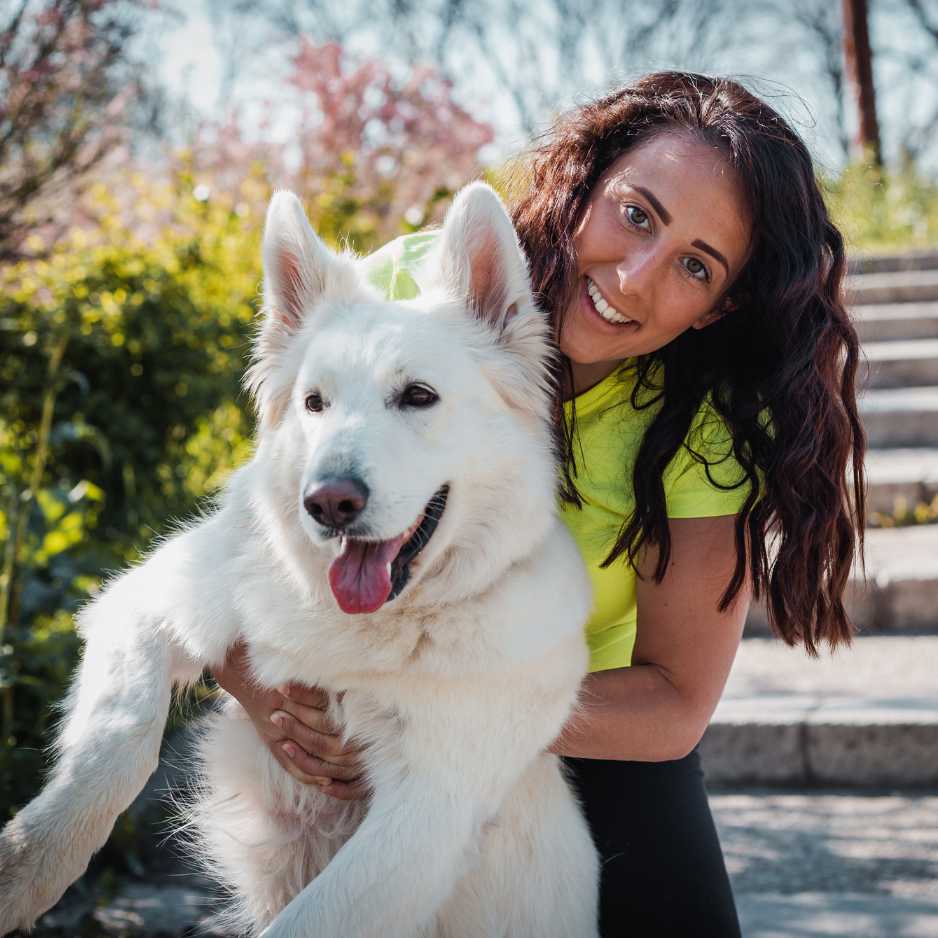Getting a dog is one of life’s most rewarding decisions, but it’s a commitment that requires careful planning and thought. Dogs are not just pets; they become an integral part of your family, providing loyalty, love, and companionship. However, along with the joy comes responsibility. This guide will walk you through everything you need to know before bringing home your new furry friend, from deciding if dog ownership is right for you, to choosing the right breed, gathering essential supplies, and understanding how to care for your dog throughout its life.
Is Dog Ownership Right for You?
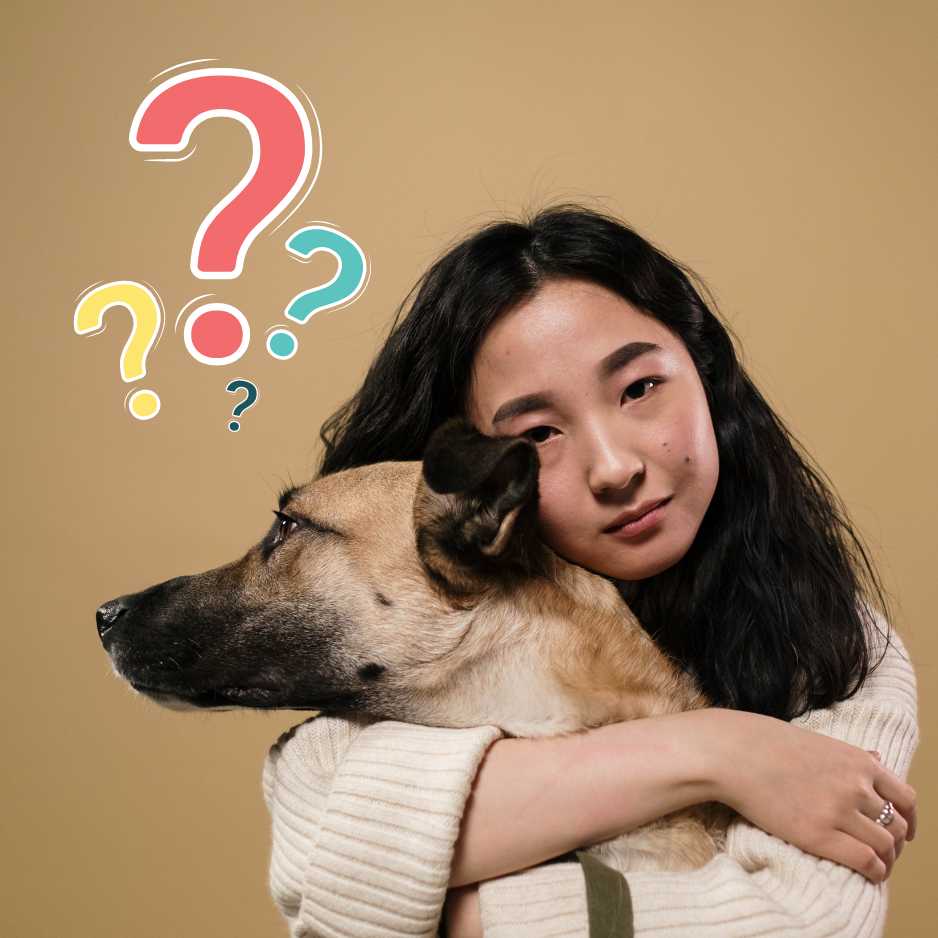
Pros of Owning a Dog
Dogs offer numerous benefits that can significantly enhance your quality of life. Here are some reasons why people love having dogs:
- Companionship: Dogs are loyal companions who are always happy to see you, offering unconditional love and affection.
- Improved Physical Health: Owning a dog often leads to more exercise through daily walks, playtime, and outdoor activities.
- Emotional Support: Dogs can alleviate stress, anxiety, and loneliness. Their mere presence can be comforting.
- Social Interaction: Walking a dog or attending dog parks can increase your chances of meeting new people.
- Security: Dogs can provide an added layer of protection to your home with their keen senses and territorial nature.
Cons of Owning a Dog
However, it’s important to be aware of the challenges that come with dog ownership. Some of the potential downsides include:
- Financial Costs: From food to veterinary care, owning a dog can be expensive. Initial costs, such as purchasing the dog and essential supplies, can be high, and ongoing costs (vet visits, grooming, etc.) add up over time.
- Time Commitment: Dogs require a significant amount of attention, training, and care. You’ll need to dedicate time each day to feeding, exercising, and bonding with your dog.
- Lifestyle Adjustments: Your lifestyle will need to accommodate your dog’s needs. This includes limiting spontaneous trips, adjusting your daily schedule, and being more mindful of where and how you live.
- Responsibility: You’re responsible for their health, safety, and happiness, which can be overwhelming if you’re not prepared.
How to Choose the Right Breed
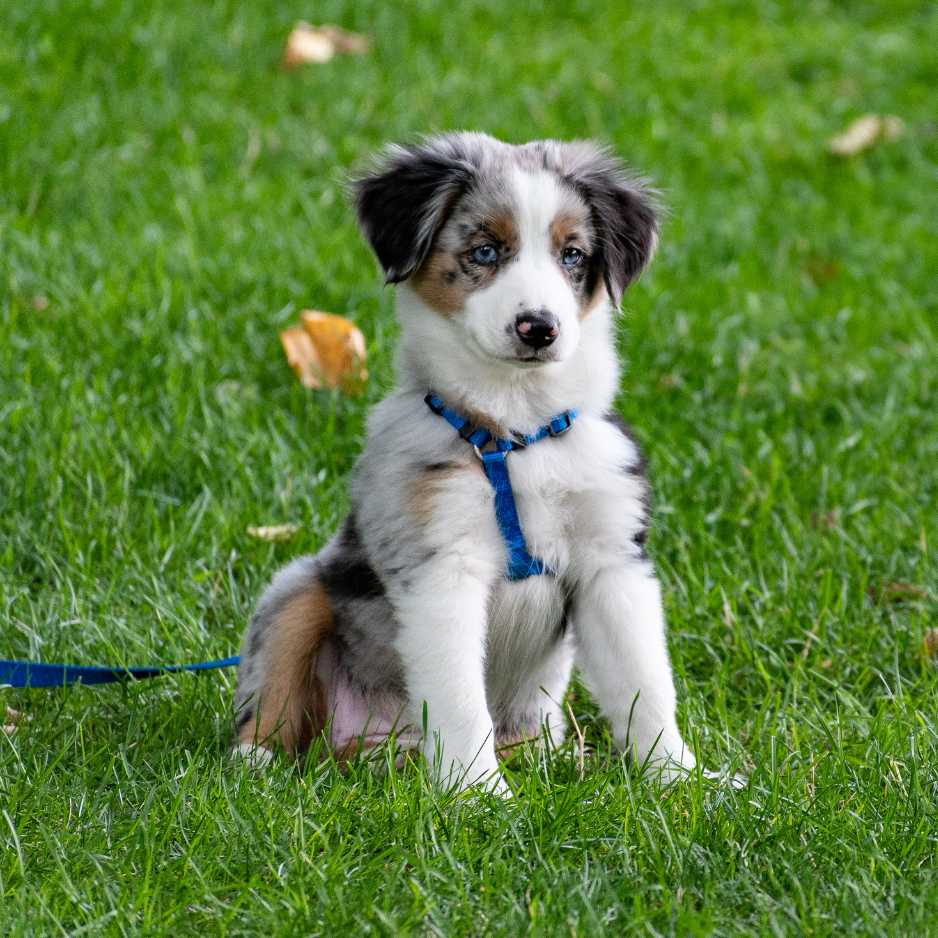
Selecting the right dog breed for your lifestyle is one of the most crucial decisions you’ll make. Each breed has its own personality, energy level, and care requirements. Some breeds are more suited to certain types of owners than others.
Factors to Consider When Choosing a Breed:
- Living Space: Do you live in an apartment or a home with a yard? Larger breeds may need more space to roam, while smaller dogs can thrive in apartments.
- Activity Level: Some breeds are more active than others. If you lead a sedentary lifestyle, a high-energy dog might be challenging to manage. Consider breeds that match your activity level.
- Family Dynamics: If you have young children, it’s essential to choose a breed known for being patient and good with kids. Some breeds are naturally more tolerant and gentle, while others may be more independent or protective.
- Allergies: If someone in your household has allergies, consider hypoallergenic breeds like Poodles or Bichon Frises, which are less likely to cause allergic reactions.
Read More About – Which Dog Breeds Are Best For Home In India?
Essential Supplies for Your New Dog
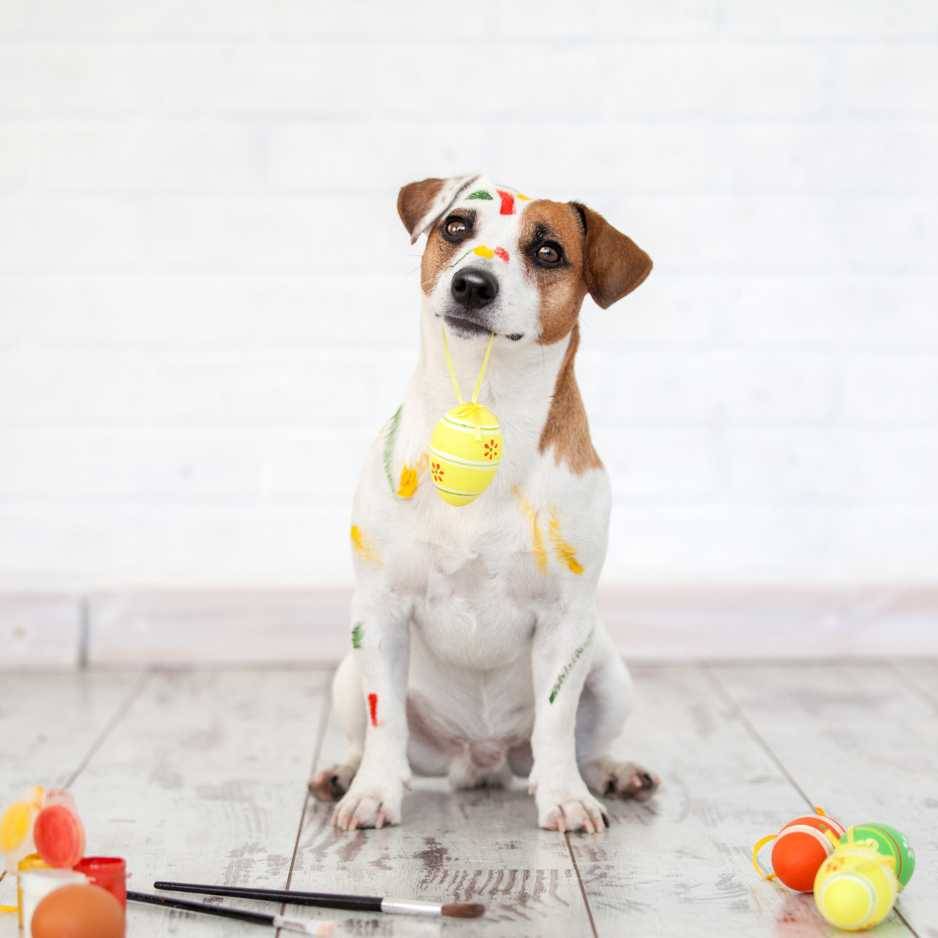
Before bringing your new dog home, you’ll need to gather some essential supplies. These items will help you care for your dog and make their transition smoother.
- Food and Water Bowls: Choose sturdy, non-slip dog bowls that are easy to clean.
- High-Quality Dog Food: Consult your vet to determine the best food for your dog’s breed, size, and age.
- Leash and Harness: Make sure the harness fits comfortably, and the leash is durable enough for regular walks.
- ID Tags: Engrave your dog’s name and your contact information on the tag in case they get lost.
- Dog Bed: Provide a dog bed & cozy place for your dog to rest and sleep.
- Crate: If you plan to crate train your dog, choose a crate that’s appropriately sized. (We do not recommend using a dog crate)
- Toys and Chews: Dog Toys help keep your dog entertained, and chews satisfy their need to gnaw.
- Grooming Tools: Regular brushing, nail trimming, and ear cleaning will keep your dog healthy and comfortable.
- Poop Bags: Always be prepared to clean up after your dog when out on walks.
Dog-Proofing Your Home

Dogs, especially puppies, are naturally curious and can get into trouble if your home isn’t properly dog-proofed. Taking steps to secure your home will ensure your dog stays safe.
Dog-Proofing Tips:
- Remove Hazards: Keep electrical cords, sharp objects, and small items that can be swallowed out of reach.
- Secure Trash Bins: Dogs are often attracted to the smell of food in the trash. Secure bins with lids or place them in cabinets.
- Toxic Plants: Some common houseplants are toxic to dogs, such as aloe, lilies, and sago palms. Remove these plants or place them in areas inaccessible to your dog.
- Create a Safe Space: Designate a safe, quiet area where your dog can retreat to relax. A crate or a dog bed in a calm corner can provide them with comfort.
The Costs of Owning a Dog
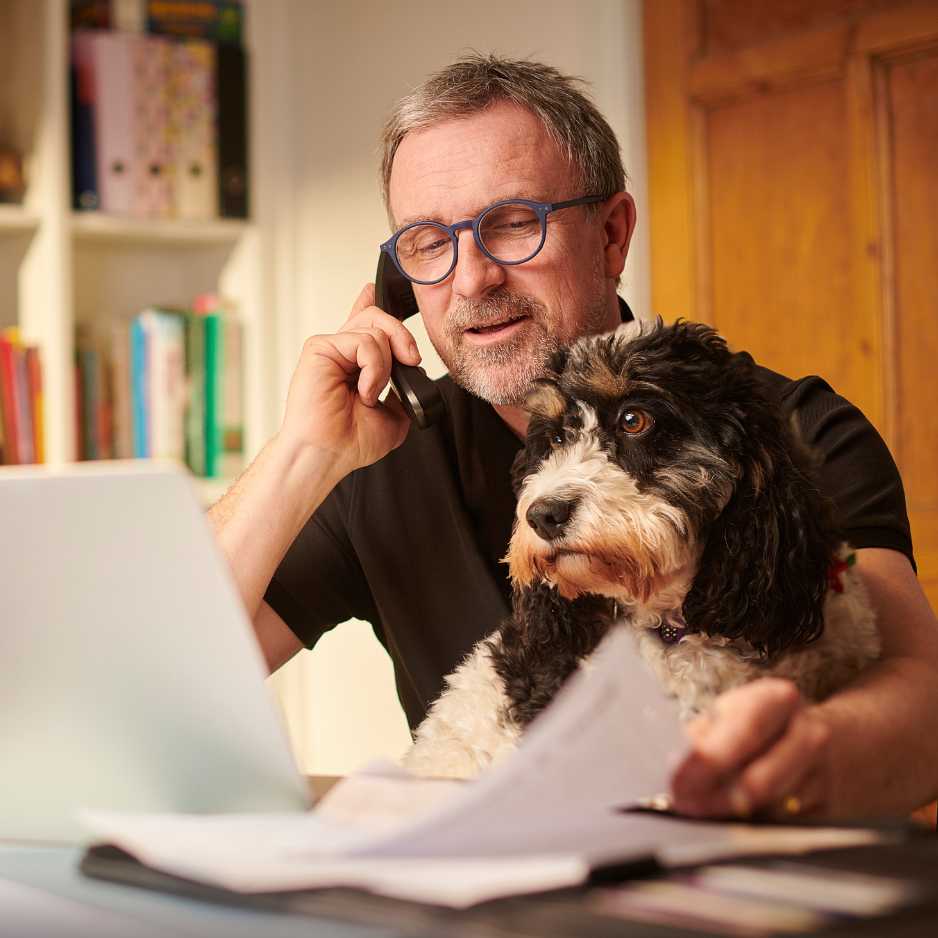
Owning a dog comes with a range of costs that extend far beyond the initial purchase price or adoption fee. These costs include food, medical care, grooming, and more. Here’s a breakdown of some of the key expenses:
- Food: Expect to spend on high-quality dog food that meets your dog’s nutritional needs. This can vary depending on the size and breed of your dog.
- Vet Bills: Regular vet visits are crucial for maintaining your dog’s health. These visits may include vaccinations, flea and tick prevention, dental care, and check-ups. Emergencies can also arise, leading to unexpected costs.
- Training Classes: While not mandatory, professional training can help ensure that your dog is well-behaved and obedient. Classes typically range from basic obedience to specialized training for behavior issues.
- Grooming: Depending on the breed, you may need to budget for regular grooming sessions. Dogs with long coats may require more frequent grooming than short-haired breeds.
- Pet Insurance: Many owners choose to invest in pet insurance to help offset the cost of medical emergencies or chronic conditions.
Bringing Your Dog Home: What to Expect in the First Few Days
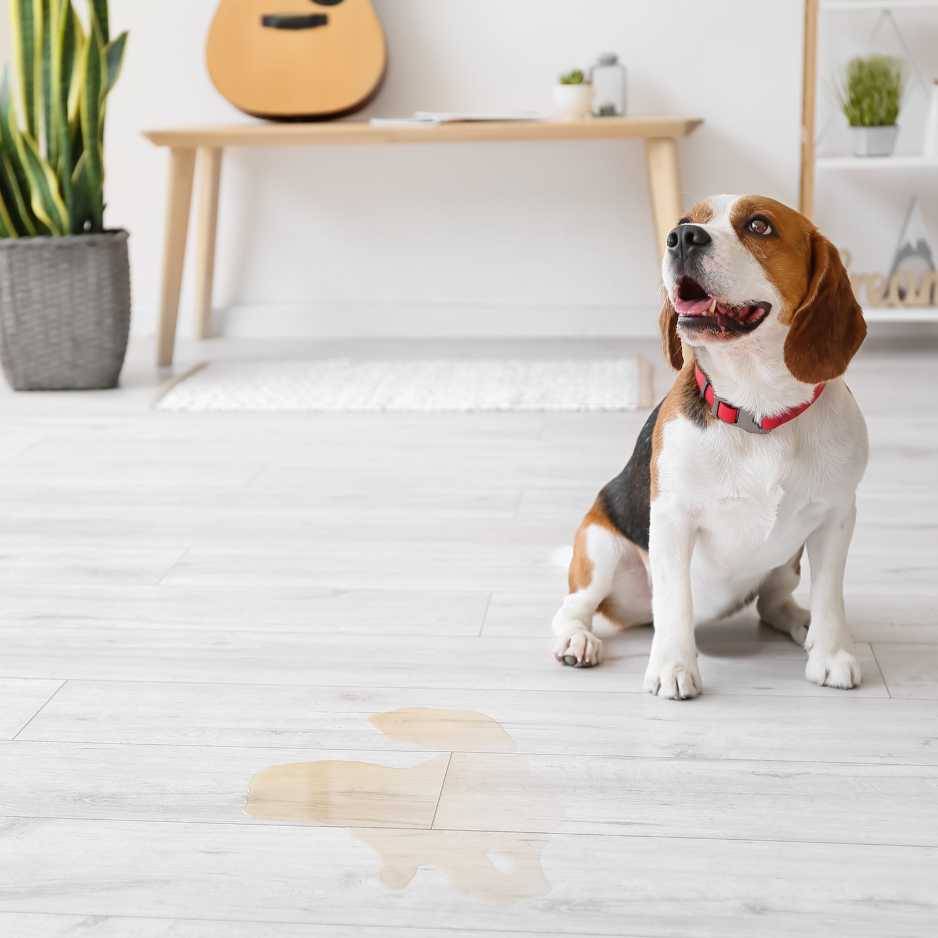
The first few days with your new dog are an exciting but crucial period. It’s a time for your dog to adjust to their new environment, and for you to establish a routine that will help them feel comfortable and secure.
- Settling In
Your dog may be anxious or unsure in their new surroundings. Give them time to explore and acclimate at their own pace. Provide them with a calm and reassuring environment by avoiding loud noises or overwhelming them with too much attention.
- Routine Establishment
Dogs thrive on routine, so it’s important to establish consistent feeding times, potty breaks, and sleep schedules. A predictable routine will help your dog feel more secure and reduce anxiety during this transition period.
- Socialization
Introduce your dog to new people, other pets, and different environments gradually. Socializing your dog early on will help them develop good behavior and prevent issues like aggression or fearfulness in the future.
Basic Puppy Care and Training
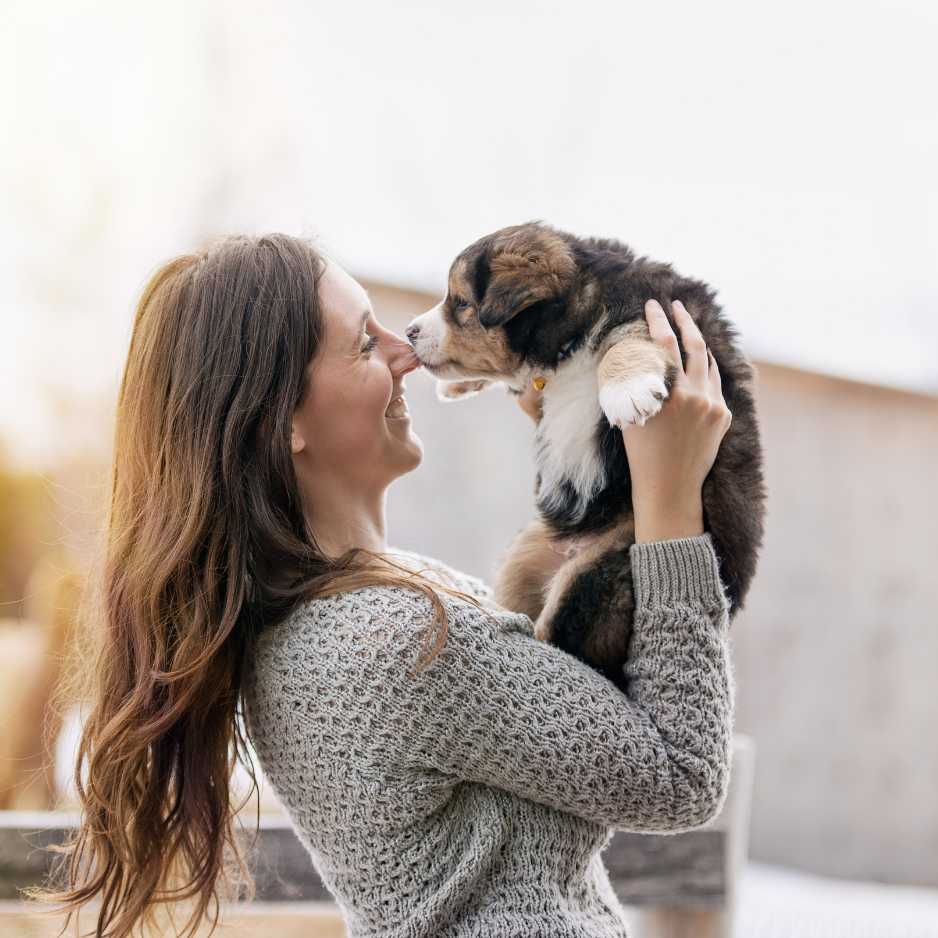
- Veterinary Care
Your first step after bringing your dog home is to schedule a vet appointment. This initial visit is essential for ensuring your dog’s overall health. The vet will perform a physical exam, administer vaccinations, and discuss preventive care for fleas, ticks, and heartworms.
- House Training
Housebreaking a puppy requires patience and consistency. Start by taking your puppy outside frequently—after meals, playtime, and naps. Reward them immediately when they go to the bathroom outside. Avoid punishing accidents; instead, clean them up thoroughly and reinforce positive behavior.
- Basic Commands
Teaching your dog basic commands like “sit,” “stay,” “come,” and “leave it” not only strengthens the bond between you and your dog but also ensures their safety. Use positive reinforcement techniques, such as treats and praise, to encourage good behavior.
Building a Relationship with Your Dog
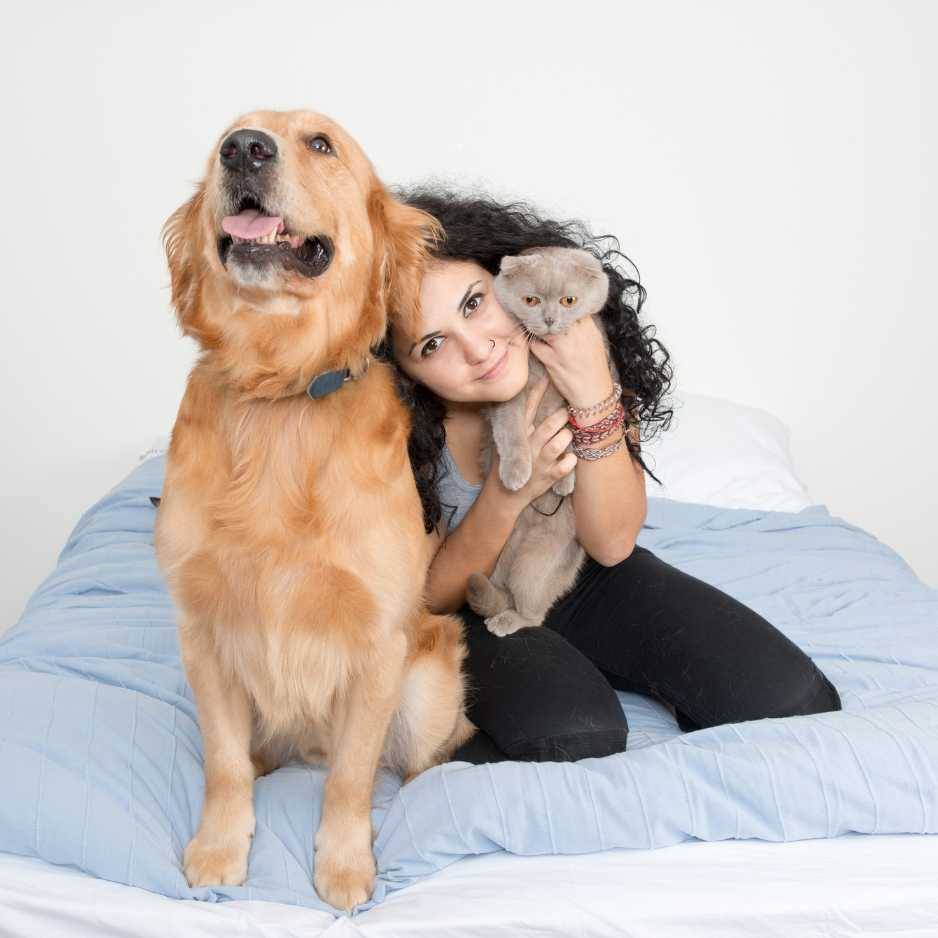
A strong relationship with your dog is built on trust, love, and consistent interaction. The more time and effort you put into understanding and caring for your dog, the deeper the bond will become.
- Spend Quality Time
Make time every day for walks, play, and interaction. Dogs love to be active and social, so engaging with them regularly will help keep them happy and healthy.
- Understand Their Behavior
Dogs communicate through body language and vocalizations. Learning to read your dog’s cues—such as tail wagging, ear positioning, and barking—will help you understand their needs and emotions better.
- Patience and Consistency
Building a strong bond takes time. Be patient with your dog, especially during the early days when they’re still adjusting to their new environment. Consistent care, training, and affection will build trust and a lasting connection.
Maintaining Your Dog’s Health
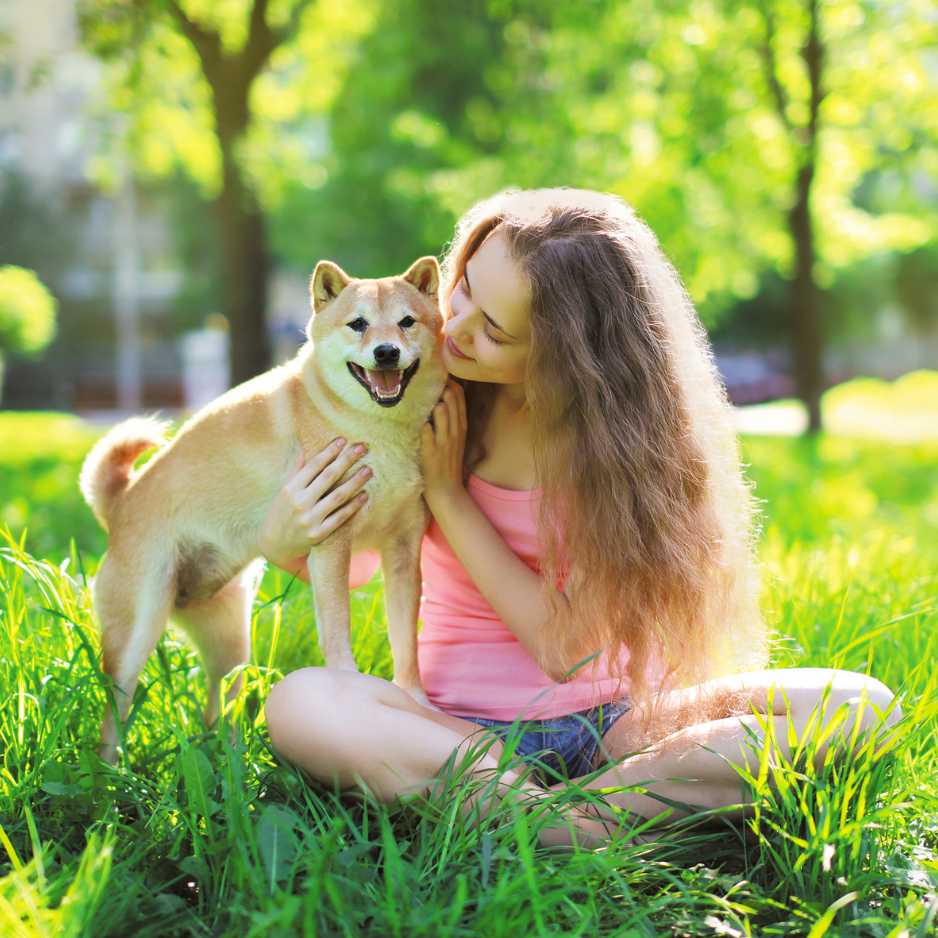
Ensuring your dog’s health is a continuous process that involves proper nutrition, regular exercise, grooming, and routine vet care.
- Nutrition
Providing your dog with a well-balanced diet is crucial for their overall health. High-quality dog food with the right mix of proteins, fats, and vitamins will help maintain their energy levels, coat, and immune system. Consult your vet to determine the best food for your dog’s size, breed, and age.
- Exercise
All dogs need regular exercise, but the amount and type depend on the breed and individual dog. Some dogs are highly active and require multiple walks or runs per day, while others are content with short, daily strolls. Make sure to provide both physical exercise and mental stimulation to keep your dog healthy and happy.
- Grooming
Regular grooming helps keep your dog’s coat and skin healthy. Depending on the breed, brushing may be required daily or weekly. Don’t forget to trim your dog’s nails, clean their ears, and bathe them as needed.
How Your Life Will Change After Getting a Dog
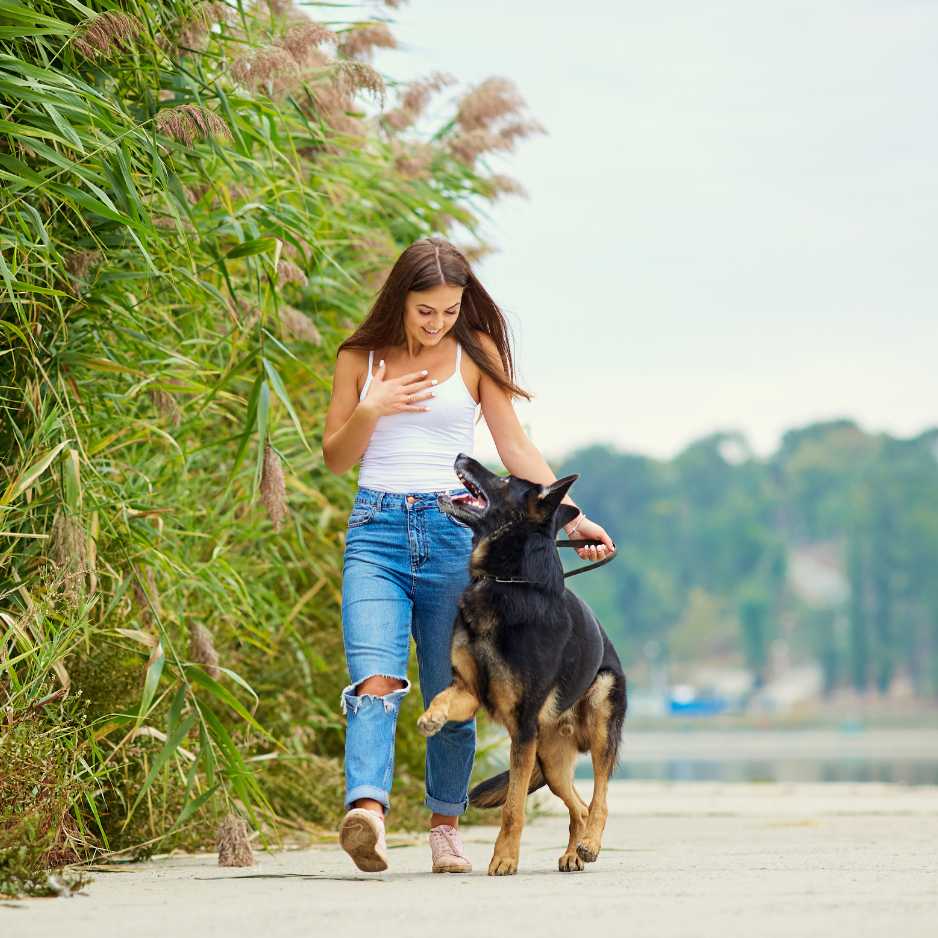
Owning a dog will significantly impact your life in various ways. Here are a few ways your daily routine and lifestyle might change:
- Daily Routine
You’ll need to adjust your schedule to accommodate feeding times, walks, and bathroom breaks. Your dog will rely on you to provide structure and consistency in their day-to-day life.
- Vacation Planning
Traveling will require more thought and preparation. You may need to find dog-friendly accommodations, hire a pet sitter, or bring your dog along on trips.
- Social Life
Dogs can become a central part of your social life. Dog parks, pet-friendly cafes, and even dog-related events offer opportunities to meet new people and build friendships.
- Emotional Well-being
The companionship of a dog can have profound effects on your emotional health. Studies show that dogs can reduce stress, anxiety, and depression while boosting happiness and emotional well-being. Their unwavering loyalty and unconditional love create a strong emotional bond that enriches your life.
Conclusion
Getting a dog is a life-changing experience filled with joy, companionship, and challenges. By preparing yourself in advance and following the guidance provided in this checklist, you can ensure that you’re ready to take on the rewarding responsibility of dog ownership. From choosing the right breed to maintaining your dog’s health and happiness, every step in this journey will deepen the bond between you and your new best friend.
- Being a responsible dog owner is about more than just providing food and shelter. It’s about offering love, care, and dedication for the entirety of your dog’s life. In return, you’ll receive a loyal companion who will bring endless joy, laughter and love to your home for years to come.
Frequently Asked Questions For New Dog Owners
How do I prepare for the first night with my new dog?
The first night can be challenging for both you and your new dog. It’s a good idea to set up a comfortable, quiet space for them to sleep, such as a crate or a dog bed in a designated room. Keep the environment calm, provide a blanket or a toy with a familiar scent, and be patient as they adjust to their new surroundings. They may whine or cry, so offering reassurance without overindulging their anxiety is key.
How do I deal with separation anxiety in my dog?
Separation anxiety is common in dogs when they are left alone, especially if they are new to the home. Start by leaving them for short periods and gradually increase the time apart. Create a positive association with your departure by leaving them with toys or treats. Consider using calming aids like pheromone diffusers or seeking help from a professional trainer if the anxiety persists.
Should I get pet insurance, and is it worth it?
Pet insurance can be a valuable investment, especially for covering unexpected medical emergencies, surgeries, or long-term conditions. The cost of veterinary care can be expensive, and insurance helps mitigate some of that financial burden. Whether it’s worth it depends on factors like your dog’s breed, age, and health. Research different insurance plans to see what coverage suits your needs.
How can I help my dog adjust to a new routine if I have to return to work?
If your routine is changing, such as returning to work after being home with your dog, ease them into it by gradually changing the schedule. Introduce solo time by leaving them alone for increasing amounts of time each day. Make sure they have a safe space, toys, and possibly a dog walker to break up the day. Keeping a consistent routine around feeding and exercise times can help your dog adjust.
How often should I bathe my dog?
The frequency of bathing depends on your dog’s breed, coat type, and lifestyle. Some dogs with oily coats or who spend a lot of time outdoors may need more frequent baths, while others with dry skin may need fewer. Generally, bathing your dog every 4 to 6 weeks is sufficient, but always use a dog-specific shampoo to maintain healthy skin and coat.
What should I do if my dog is not eating properly?
If your dog suddenly stops eating or shows signs of a reduced appetite, first check if there are any environmental stressors like a change in routine or new surroundings. Ensure that their food is fresh and suitable for their age and breed. If the problem persists for more than a day or two, consult your veterinarian to rule out underlying health issues such as digestive problems or dental pain.
How can I help my dog cope with loud noises like fireworks or thunderstorms?
Many dogs are fearful of loud noises such as fireworks or thunderstorms. Creating a safe space where your dog can retreat during these events, such as a quiet room or a crate, can help. You can also try calming music, white noise machines, or anxiety wraps like the ThunderShirt. If your dog’s anxiety is severe, talk to your vet about possible calming supplements or medications.



